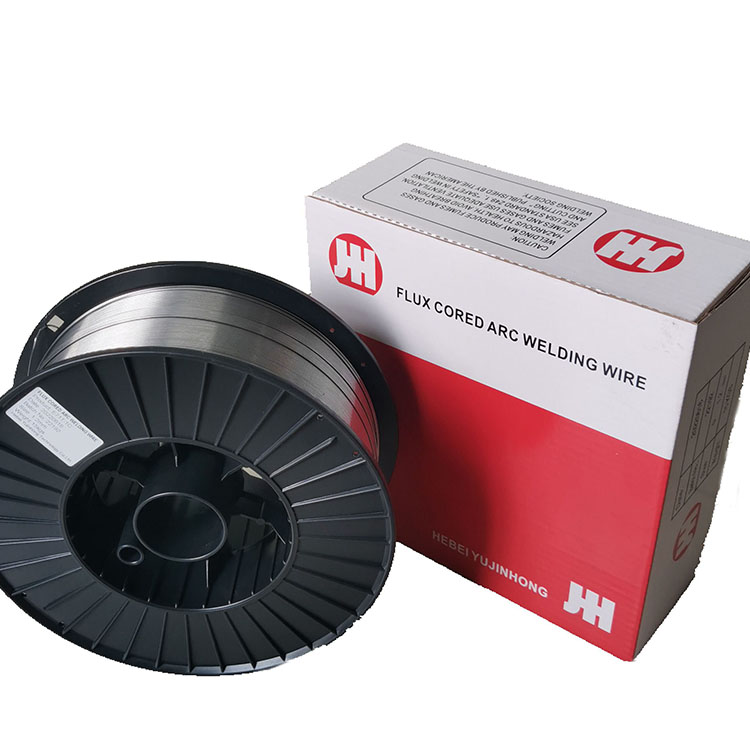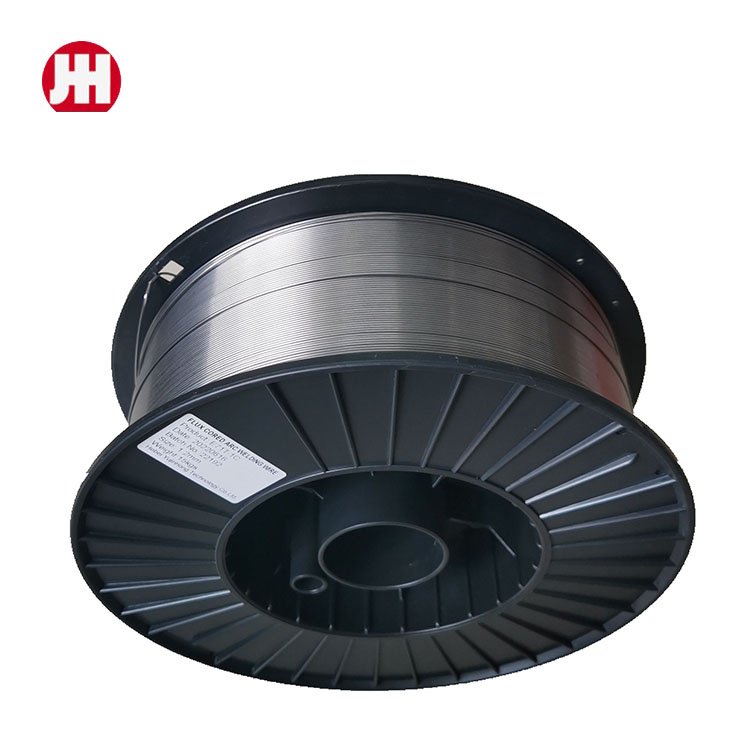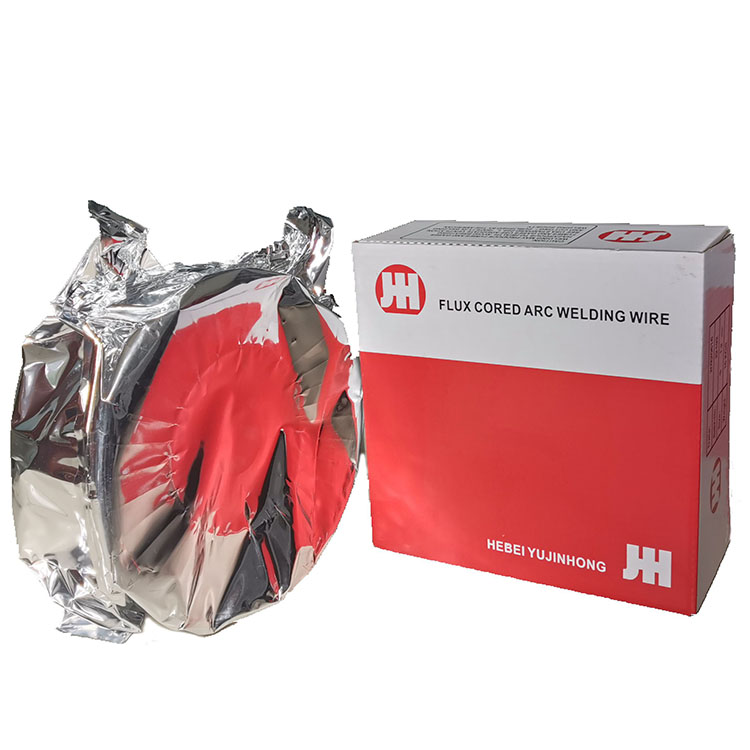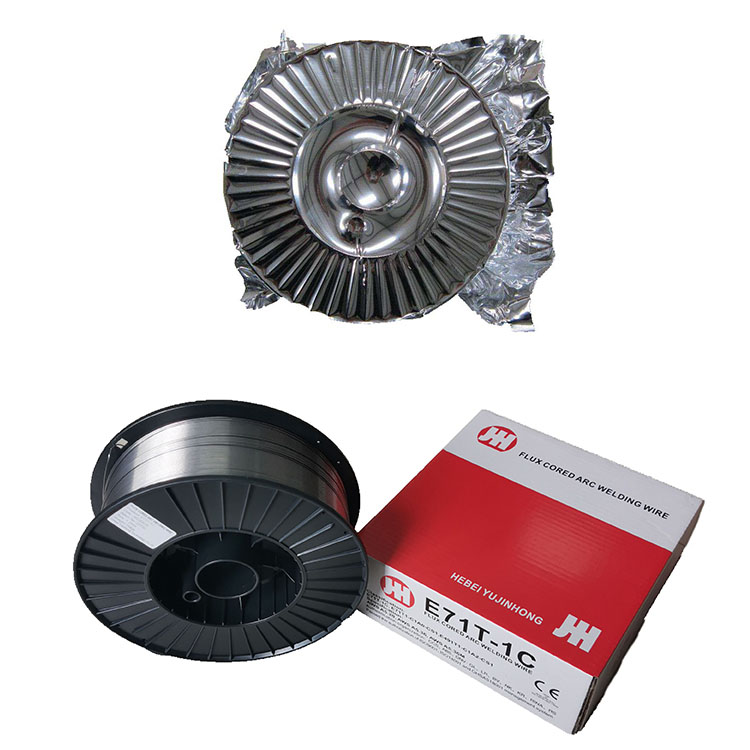Tubular Welding Wire - Low Spatter, All-Position, Certified
Tubular Welding Wire Flux Cored MIG Wire: shop-floor notes, specs, and what really matters
When you pick up a tubular welding wire, you’re holding a tiny factory: steel strip wrapped around a precisely dosed flux core. I’ve watched crews run this stuff in shipyards and wind-tower lines; sometimes it’s glamorous, most days it’s just dependable. In fact, demand is trending up again—automation likes consistency, and flux-cored delivers it without babying the puddle in drafty shops.

What it is and where it fits
Also called powder-cored wire, this family splits into gas-shielded (FCAW-G) and self-shielded (FCAW-S). The product here—Tubular Welding Wire Flux Cored Mig Wire—covers both categories. Many customers say slag detachability and vertical-up control are the reasons they switch. To be honest, deposition rate is the real sales closer.
Typical specifications (real-world use may vary)
| AWS/ISO class | AWS A5.20 E71T-1C/M, E71T-9C/M; ISO 17632-A T 42 2 M/C 1 H8 |
| Diameters | ≈ 0.8, 1.0, 1.2, 1.6 mm |
| Shielding gas | 100% CO₂ or 80/20 Ar/CO₂ (FCAW-G); none for self-shielded |
| Polarity | DCEP (mostly) |
| Tensile strength | ≈ 480–570 MPa (as welded) |
| Impact toughness | ≈ 47 J @ −30°C (typical Charpy V-notch) |
| Hydrogen level | H8 or better, depending on grade |
| Spools | ≈ 5 kg, 15 kg; custom on request |

Process flow and QA (from strip to arc)
Materials: low-carbon steel strip, proprietary flux (deoxidizers, slag formers, arc stabilizers), optional Ni/Mo for strength and low-temp toughness.
Method (simplified): strip forming (U-shape) → flux filling → closing/rolling → multi-stage drawing → copper coating (sometimes) → spooling → drying/conditioning → vacuum or moisture-safe packing. Testing includes wire diameter runout, diffusible hydrogen, AWS/ISO mechanicals, radiography on welded coupons, macro-etch, and CVN at subzero temps. Shelf life: around 12–24 months dry-stored; brief reconditioning at ≈ 70–100°C can help if the pack’s been open a while.
Standards referenced on projects: AWS A5.20/A5.29, ISO 17632, AWS D1.1, ISO 9606-1 for welder qualification. Approvals like ABS/DNV/LR can be arranged per heat lot. Service life of the weld? That’s on design, procedure, and environment—coatings and proper preheat/postheat matter more than the wire alone.

Where it shines
- Structural steel, shipbuilding, heavy equipment, wind towers, bridges, and repair in windy yards.
- Vertical-up fillets with steady slag support and lower spatter than solid wire.
- Robotic cells that need high deposition with consistent bead shape.
Compared with solid GMAW, tubular welding wire often wins on productivity and out-of-position control. Versus stick, tubular welding wire cuts time-to-finish dramatically. Do mind fume extraction—good practice and local regs still apply.
Vendor comparison (indicative, project-dependent)
| Vendor | Certifications | Lead time | Customization | Notes |
|---|---|---|---|---|
| Steel Tools China | ISO 9001; AWS/ISO compliance; ABS/DNV/LR optional | ≈ 2–4 weeks | Flux recipe, alloy, spool, branding | Strong tech support; stable quality |
| Regional Distributor A | ISO 9001 | Stock-dependent | Limited | Good for small rush orders |
| Importer B | Varies | ≈ 5–8 weeks | Some | Pricing may fluctuate |

Customization options
Need Ni for low-temp toughness, or Mo for strength? Ask for tailored flux chemistry. Gas-shielded vs self-shielded, copper-coated vs bare, private-label packaging, and WPS-friendly documentation are all on the table. I guess that’s why repeat buyers keep asking for tubular welding wire made to their WPS window.
Field results (short takes)
- Shipyard switch to E71T-1C, 1.2 mm: rework down ≈ 18%, arc-on time up ≈ 12% (3-month average).
- Hardfacing on quarry buckets (T-7 type): service life ≈ 2.1× vs mild wire overlay.
- Wind-tower seams: CVN met ≥ 47 J @ −30°C with Ni-bearing grade; inspectors were, surprisingly, impressed.

Customer feedback? “Slag that almost peels itself,” one foreman told me. Another liked the puddle visibility with 80/20 gas—less glare, tidier toes.
Origin: NO.368 YOUYI NORTH STREET, XINHUA DISTRICT, SHIJIAZHUANG CITY, CHINA.
Safety and setup quick notes
- Prefer DCEP; tune voltage/wire-feed for smooth transfer, not harsh spray.
- Ventilation and fume extraction per local law; FCAW fumes can be higher than solid-wire GMAW.
- Keep spools dry; store sealed. If in doubt, condition before use.
Authoritative citations
- AWS A5.20/A5.29: Specification for Carbon and Low-Alloy Steel Flux Cored Electrodes.
- ISO 17632: Welding consumables — Tubular cored electrodes for gas shielded and non-gas shielded metal arc welding of non-alloy and fine grain steels.
- AWS D1.1/D1.1M: Structural Welding Code — Steel.
- ISO 9606-1: Qualification testing of welders — Fusion welding — Part 1: Steels.
-
High-Quality Welding Electrodes 4.0mm*400mm for Industrial Use | Steel Tools ChinaNewsNov.24,2025
-
Explore the Benefits and Uses of 2.6mm Welding Electrode 6013 | Global GuideNewsNov.23,2025
-
Understanding CO2 Welding Wire Price: Global Impact, Trends, and TipsNewsNov.22,2025
-
Top Guide to Welding Wires CO2 – Specifications, Benefits & Industry UsesNewsNov.22,2025
-
Comprehensive Guide to Welding Electrode 6011 – Global Applications & BenefitsNewsNov.21,2025
-
AWS E6013 Welding Rod-HEBEI YUJINHONG TECHNOLOGY CO.,LTD.|All-Position Carbon Steel ElectrodeNewsNov.21,2025


